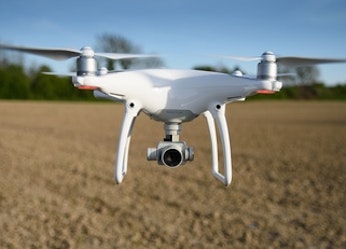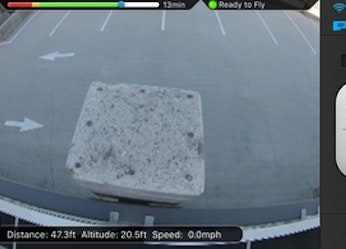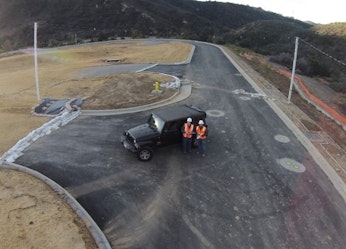

M|O Perspectives
Check back here for our thoughts on the latest developments in our industry.
The benefits and challenges of unmanned aerial vehicles
Jun 06, 2017
Unmanned aerial vehicles, or UAVs, are changing all types of industries, including real estate and construction engineering. This advanced technology is making it easier, faster and cheaper to perform real estate photography and due diligence reviews.
In the past, real estate developers or contractors would commonly commission small aircraft or helicopters to photograph construction-project progress. Similarly, if an agent wanted an aerial photograph to help market and sell a piece of real estate, it was an expensive endeavor to contract and assemble the resources to complete the job.
The explosion of UAV sales and private ownership has changed all of that. Now Marx|Okubo and other firms are able to perform these important tasks and more in a more cost-efficient, flexible and expedited fashion.
For example, we can now use UAVs to access difficult or dangerous areas of building exteriors. We can also pass along cost savings since UAVs negate the need for swing stages, boom lifts or other expensive access devices. UAVs have simplified and sped up assessment times considerably.
Learning UAV rules and regulations
While extremely helpful, UAVs are not yet a silver-bullet solution for building owners and managers, because they come with their own complex requirements and regulations. For example, firms operating UAVs commercially need FAA certifications, specialized training, operating protocols and specific insurance, as well as job/city specific permits and fees.
Additionally, UAVs cannot legally or safely be operated in darkness, high winds, areas near airports, over pedestrians and other conditions that might lead to injury or death.
Before flight it’s critical from a legal and safety perspective to review FAA-designated “no-flight” zones, which typically encompass up to several miles around airports, helipads, emergency facilities and military installations. At times, special waivers from airport control towers may be necessary to legally fly in an area.
Building your professional UAV team
A building owner, along with the UAV operator, may be liable for problems resulting from improper procedures. That’s why it’s important to work with an experienced, FAA-certified UAV operator and flight crew. You should require proof of insurance and any necessary local street or sidewalk closure permits for each period of observation.
Just like any aircraft flight, having a plan in place is necessary for a successful outcome. UAV operators should communicate to the building owner or manager their intended flight route, including horizontal distances and the vertical height range. Likewise, the owner/manager needs to explain areas that are off limits due to tenant sensitivities or other reasons. Both parties need to be prepared to address the general public and building occupants, who are often very interested by UAVs operations, regarding privacy or image collection.
While the benefits of UAVs are significant for the real estate and engineering industries, realizing gain is all about learning the rules, building a quality team and executing with a cohesive plan. If you have any questions about UAVs or their benefits, don’t hesitate to contact Marx|Okubo.




What we do.
- Owner's Representation
- Property Condition Assessment
- Project Management
- Constructability Reviews
- Repair | Reconstruction
- Facility Condition Assessment
- Construction Loan Monitoring
- Accessibility
- Building Enclosure
- Fire | Life Safety
- Mechanical | Electrical | Plumbing
- ESG | Sustainability & Resiliency
- Structural Engineering
- ASAP® - Automated Structure Alert Program
Marx|Okubo is a national architecture/engineering/construction consulting firm that works with real estate owners, investors and lenders—at every point of the property lifecycle—to evaluate their building projects, solve complex challenges and implement tailored solutions. We help clients understand their projects’ complexities, so they can make more informed decisions and, ultimately, mitigate their risk.




